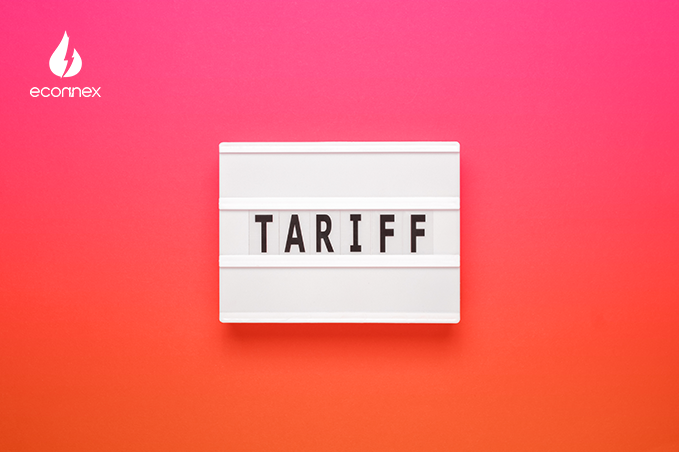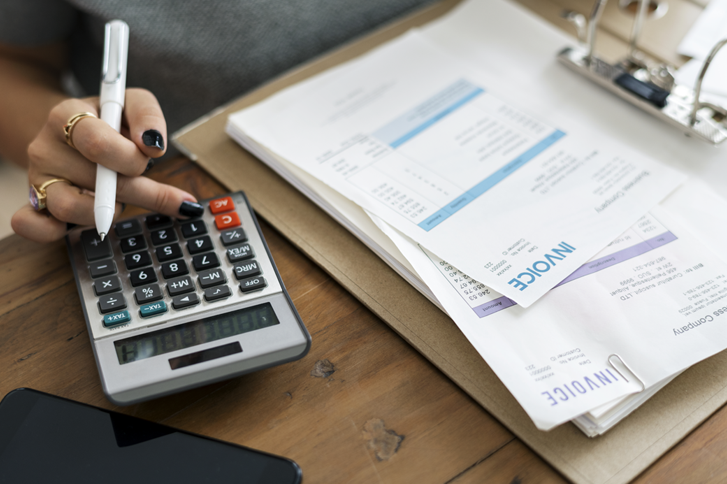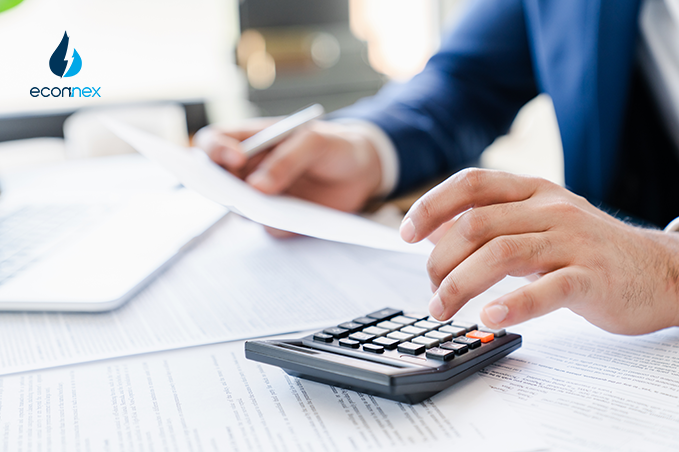Discover the various electricity tariff types with our comprehensive guide. Uncover the implications of each structure to make informed choices for efficient energy management.

Published on 23/01/2024
By Rajesh Kumawat
Energy Comparison
A tariff is just a specialized word for the rate of your electricity or gas – how much it costs you to use your energy. Find out what tariff you are on to help you compare and save on plans with different tariffs.
There are several tariffs available for electricity use and will determine how much you will pay for the usage (not a service charge – these are separate.)
Most people pay a Single rate tariff, which is one rate all day, every day. You don’t need a specialized meter to choose this tariff, so it’s much more common. Other terms: standard tariff, anytime rate, flat rate.
If you have a smart meter or an interval meter installed, you may be eligible for a Time of use tariff, which is a variable rate determined by when you use electricity.
Pricing is determined by your retailer or supplier, and is broken down into:
Your retailer may also offer other flexible pricing periods – but these vary from location to location.
The last, and least common tariff is the controlled load tariff. This applies to specialized appliances that use their own meters (under-the-floor heating, electric hot water, etc.)
This tariff is a lower rate compared to general electricity rates because these devices tend to run in off-peak periods.
Gas tariffs are not as variable as electricity tariffs, and usually come in single-rate tariffs. By most accounts, these are called “peak” rates on your bill.
However, these single rates may come in “blocks,” dependent on the season. Gas is in higher demand during winter, especially if you use gas heating. For example:
Like electricity bills, gas service charges are separate from your usage charge. To find yourself a better gas rate, compare it with Econnex.



